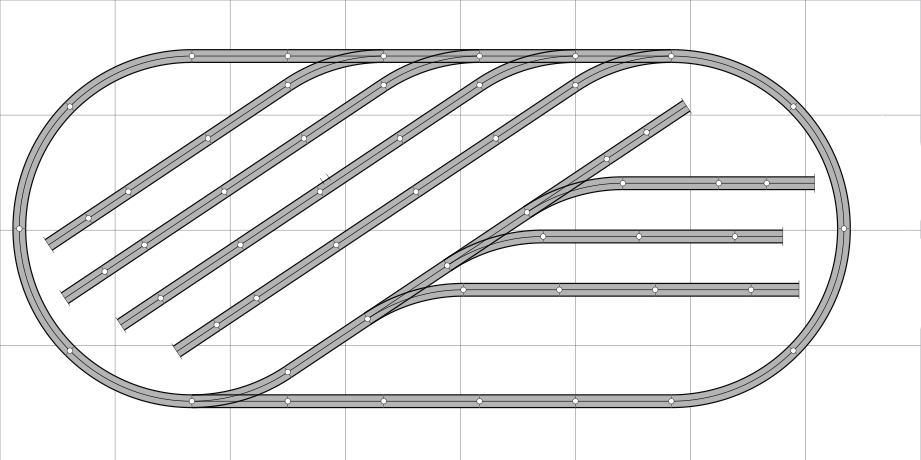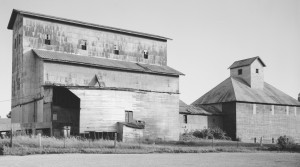Just in time for the holidays, we’ve come up with a bunch of 4’x8′ Lionel FasTrack layouts!

Just in time for the holidays, we’ve come up with a bunch of 4’x8′ Lionel FasTrack layouts!

Lionel’s Polar Express 2-8-4 Berkshire rolls past the wharf in Christmas Town pulling the three original set cars, and three add-on cars on its way to the North Pole.
A young couple kissing under the village Christmas tree doesn’t even notice the Lionel 4-6-2 Pacific roaring by with a string of K-Line and IDM freight cars in tow, capped with a Lionel Santa Fe illuminated caboose.
When I found out my grandchildren were going to visit, I decided to throw together a little toy train layout for them to play with.
I went on eBay and found two Toys ‘r Us promotional Lionel train sets, one from 1982 with an operating Geoffrey car and one from 1992 with a nice illuminated caboose. Both sets, with shipping cost less than $100.
I used Lionel Fastrack for the outside loop and O27 tubular track for the inside loop (mainly resorted to the tubular track for accessory activation). The older set had a cam that attached to the track to operate the “ducking Geoffrey” and I added a 153c contactor to operate an early 1990s semaphore and dwarf signal. There are two manual switches on the O27 loop with an accessory on each route.
The Fasttrack loop has two O36 remote switches, and doesn’t have any operating accessories, but I added a K-Line whistling train station between the two switch routes. but I added a late 1990s Linex operating oil derrick and some yard lights to the table for interest.
I’ve got a bunch of Plasticville buildings that the kids can place wherever they want on the table (although with two different loops, there are more buildings than will fit). They love rearranging the city and transporting people (from a Safari Ltd. “Toob”) and cargo on the train cars from one side of the layout to the other.

To maintain a hobbyist’s interest, a model railroad layout must be about more than watching a toy train chasing its tail around an oval of track. Prototype railroads exist for a purpose: to move freight and passengers from one point to another. A model railroad designed to simulate the same purpose will be much more interesting, and more likely to remain an active part of a hobbyist’s leisure time activities. To simulate the movement of freight, a model railroad must have freight producers and freight consumers; in other words: Industry. But how do you decide what industry to model on your layout? Grain elevators can fit in just about any model railroad theme. Anywhere there is a flat patch of land, farmers will try to grow crops on it. And every region of the country is in need of a constant source of grain to feed its citizens. And when it comes to grain elevators, Armour’s Warehouse in Seneca, Illinois, the largest and oldest of the remaining grain elevators on the Illinois and Michigan Canal, provides an unmistakable silhouette. Grain elevators such as this one served as an “intermediary industry” between producers and consumers. They were storage facilities for grain brought by local farmers for shipment to large “terminal” elevators in major cities, which shipped to bakeries or packagers for smaller wholesale or retail quantities. Our Armour’s Warehouse Free Plans page offers high-resolution downloadable plans that can be printed out to any scale, giving the model railroader everything he needs for a scratch-building project that will make his or her model railroad layout stand out from the crowd.

Most model railroad sets come with a simple loop of track, which allows your train to run continuously, without your constant attention.
However, if you want to expand your model railroad layout, you may want to make some changes to the track to make it more interactive. To do this, it’s time to think about model railroad track planning.
When it comes to model railroad layout track plans, nearly all can be classified as one of three main types. Once you understand these basic types and the operational advantages of each, designing your own track plan becomes much easier.
Our Basic Model Railroad Types page shows examples and describes the pros and cons of each type.